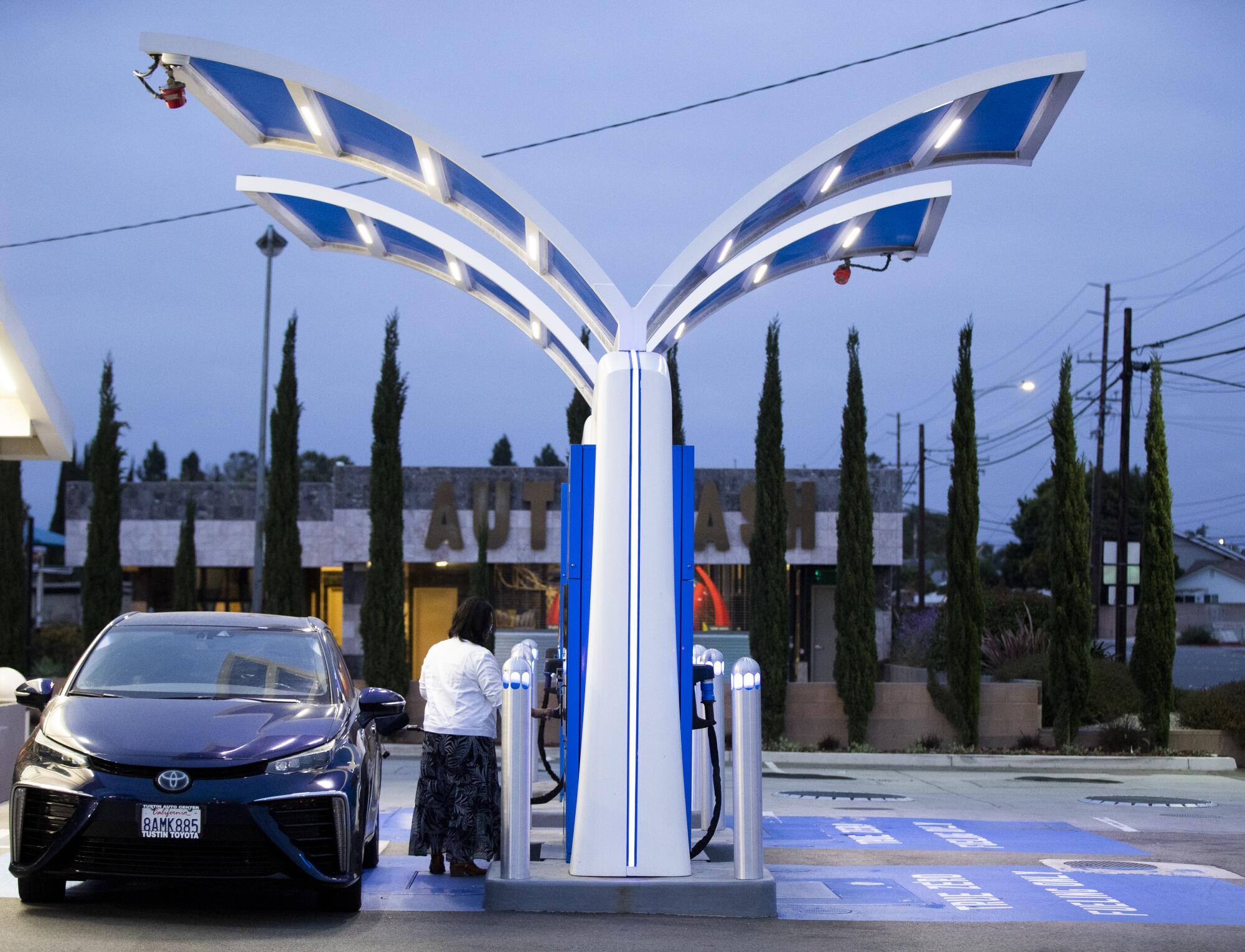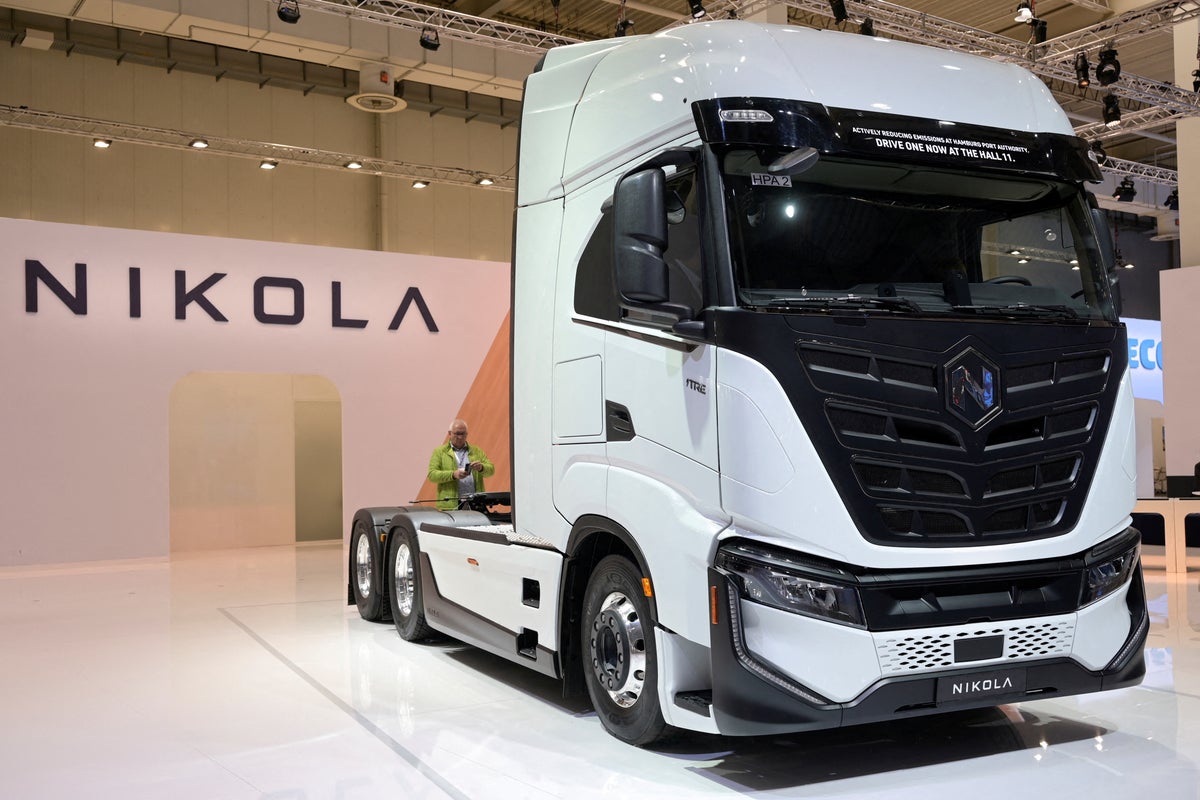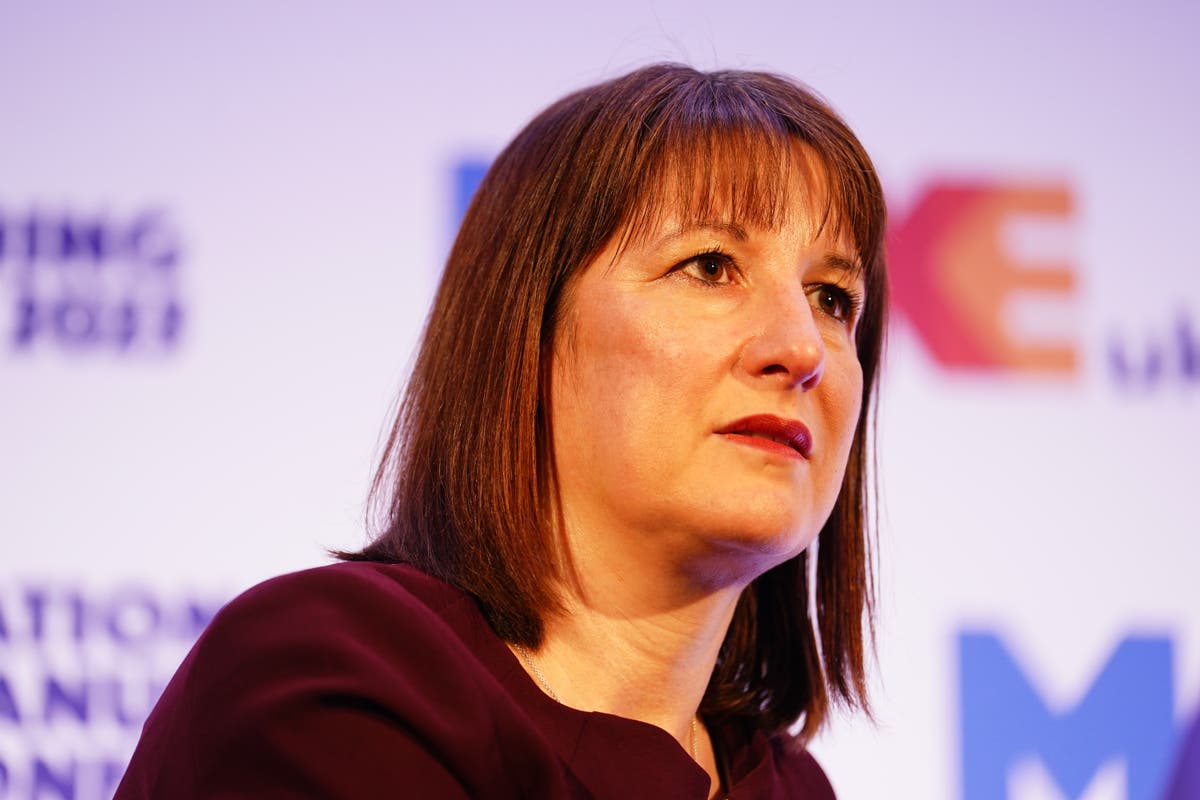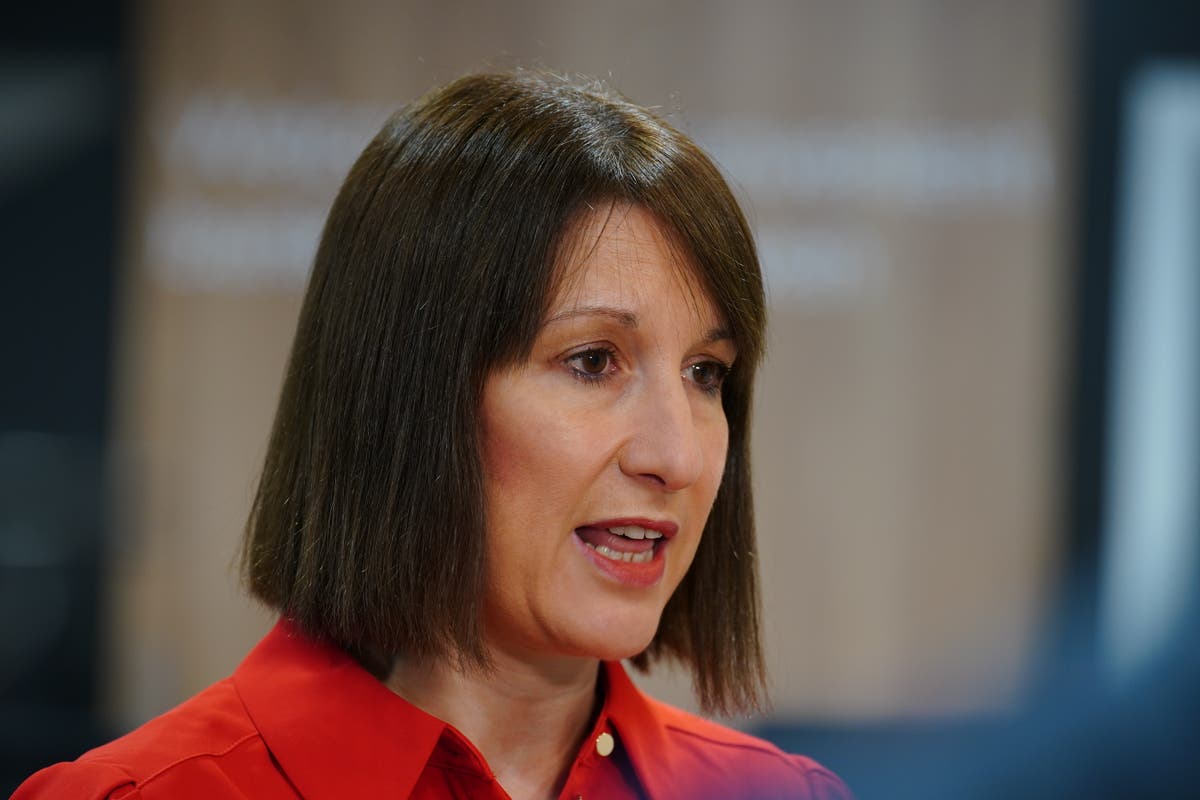An electric car is not the only passenger vehicle that generates zero tailpipe emissions. You've probably heard of fuel cell cars. They use hydrogen gas to generate electricity and power an engine that drives the car. The waste product: water vapor.
The technology is clean, legitimately cool, and available now. But it's not for everyone.
It's perfect for, say, my 90-year-old father-in-law, a retired, tech-savvy physicist, who loves to experiment with new technologies and, most importantly, has a lot of free time. He needs it because the refueling infrastructure right now is even more miserable and unreliable than public electric chargers, which have their own problems.
There are currently two models of fuel cell cars available in the United States: the Hyundai Nexo and the Toyota Mirai. They are attractive and comfortable and designed for a smooth but sporty ride. There are no problems there. They cost around $58,000 to purchase or $385 a month to lease, and they often come with free hydrogen fuel.
A great choice, if you can find the fuel.
California is the only state with a long-haul hydrogen network, courtesy of you and your fellow ratepayers. The network is growing, but it is ultimately small. There are now 59 stations, clustered in Los Angeles and the Bay Area, with an essential refueling location at Harris Ranch on Interstate 5 to make a trip between the two possible.
If the Golden State is going to lead the world toward a better, safer future, our political and business leaders (and the rest of us) will have to work harder to rewrite California's narrative. This is how we can move the state forward.
Fuel station reliability remains a big problem. Not so much the mechanics, but the supply. Stations often run out of fuel completely and sometimes stay that way for days. My father-in-law monitors the stations closest to his home in Walnut Creek and has the time and flexibility to run out of fuel when fuel is available. State officials and the hydrogen industry say they are working toward the goal of a steady supply.
It's not about getting rid of fuel cells. They could well be the future of motor vehicle transportation. Technically, they can produce hydrogen from water with solar or wind energy, with zero or very low greenhouse gas emissions. (Much of the hydrogen created today requires electricity that relies in part on fossil fuels.)


California is the only state with a long-haul hydrogen network. But the reliability of gas stations remains a big problem due to supply.
(Allen J. Schaben/Los Angeles Times)
In theory, in the future there will be enough emission-free energy sources to supply fuel cell vehicles, and the cost of manufacturing hydrogen plants and building now-expensive fuel cells will fall enough that car companies can make money with them. Right now, Hyundai and Toyota are absorbing losses as they build the business. As of June this year, Toyota has sold 1,722 Mirais and Hyundai only 105 Nexos.
If they harness their potential, they could be much more comfortable on road trips than electric cars. This is because refueling with hydrogen doesn't take much longer than refueling with gasoline and offers a reliable range of 300 to 400 miles. Although you can't refuel at home.
For now, however, fuel cell cars only work for those who are willing to suffer inconvenience for the satisfaction of living on the cutting edge of motor vehicle technology.









